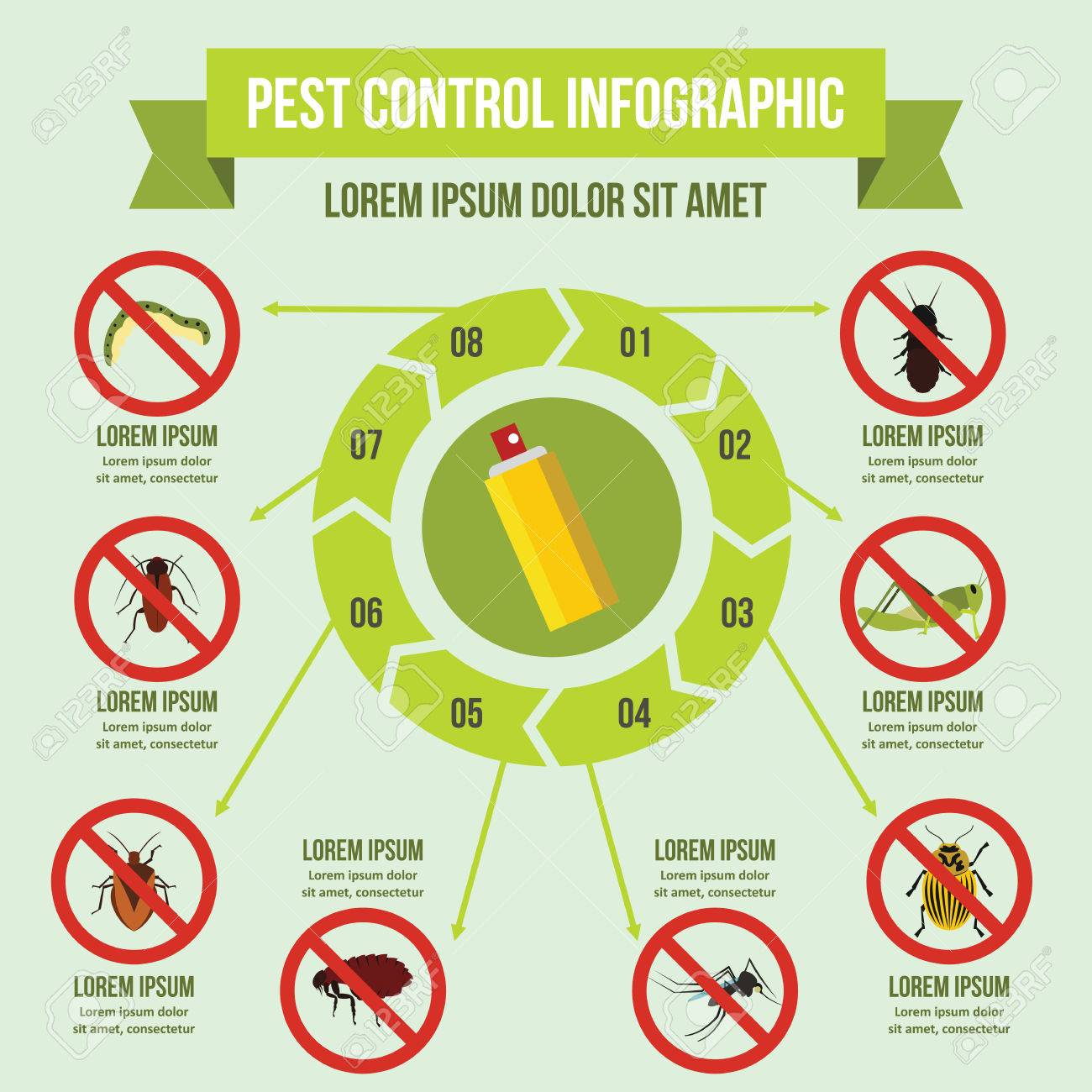Safeguarding Your Attic From Rodents: Key Guidance For Homeowners
Safeguarding Your Attic From Rodents: Key Guidance For Homeowners
Blog Article
Writer-Britt Snedker
Picture your attic as a comfortable Airbnb for rodents, with insulation as cosy as hotel cushions and circuitry a lot more luring than area service. Now, imagine lawn flea control throwing a wild party in your home while you're away. As a home owner, ensuring your attic is rodent-proof is not nearly peace of mind; it's about protecting your home and loved ones. So, what simple actions can you take to secure your refuge from these hairy trespassers?
Inspect for Entrance Details
To begin rodent-proofing your attic, evaluate for entry points. Start by meticulously taking a look at the exterior of your home, seeking any kind of openings that rats might utilize to access to your attic. Check for gaps around utility lines, vents, and pipes, as well as any cracks or holes in the structure or exterior siding. Ensure to pay close attention to areas where various structure materials fulfill, as these are common entrance points for rodents.
Furthermore, examine the roof for any kind of harmed or missing out on tiles, in addition to any kind of gaps around the edges where rats might squeeze through. Inside the attic room, look for indicators of existing rodent activity such as droppings, ate cords, or nesting products. Make use of a flashlight to completely check dark edges and covert rooms.
Seal Cracks and Gaps
Inspect your attic completely for any splits and spaces that need to be secured to avoid rats from going into. roach exterminator can press with also the tiniest openings, so it's crucial to secure any kind of potential access points. Inspect around pipes, vents, cords, and where the wall surfaces satisfy the roof. Make use of a combination of steel wool and caulking to seal these openings effectively. Steel woollen is an exceptional deterrent as rats can not eat via it. Make certain that all gaps are securely sealed to refute accessibility to unwanted bugs.
Do not forget the relevance of sealing voids around doors and windows as well. visit the up coming website removing or door moves to seal these areas properly. Examine the areas where utility lines get in the attic room and seal them off utilizing an appropriate sealant. By putting in the time to secure all splits and voids in your attic, you develop an obstacle that rodents will certainly discover difficult to violation. Prevention is key in rodent-proofing your attic, so be detailed in your efforts to seal any potential entrance factors.
Eliminate Food Resources
Take positive procedures to get rid of or save all prospective food resources in your attic room to discourage rodents from infesting the room. Rodents are attracted to food, so eliminating their food sources is vital in keeping them out of your attic.
Below's what you can do:
1. ** Shop food firmly **: Avoid leaving any kind of food items in the attic room. Store all food in closed containers constructed from metal or durable plastic to stop rodents from accessing them.
2. ** Clean up particles **: Eliminate any heaps of debris, such as old papers, cardboard boxes, or timber scraps, that rats might utilize as nesting material or food sources. Maintain the attic room clutter-free to make it less enticing to rats.
3. ** Dispose of trash correctly **: If you use your attic room for storage and have trash or waste up there, ensure to take care of it routinely and effectively. Rotting trash bin attract rodents, so keep the attic clean and without any kind of natural waste.
Verdict
In conclusion, remember that an ounce of avoidance is worth an extra pound of treatment when it comes to rodent-proofing your attic.
By making the effort to inspect for entrance factors, seal splits and gaps, and remove food resources, you can keep undesirable parasites away.
Bear in mind, 'An ounce of avoidance deserves an extra pound of remedy' - Benjamin Franklin.
Stay aggressive and protect your home from rodent invasions.
